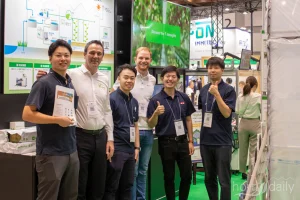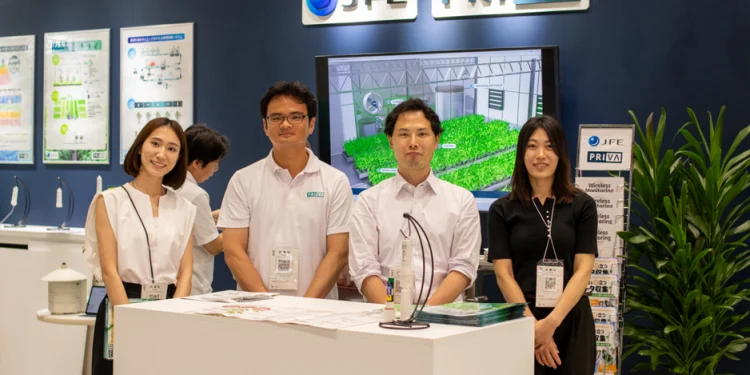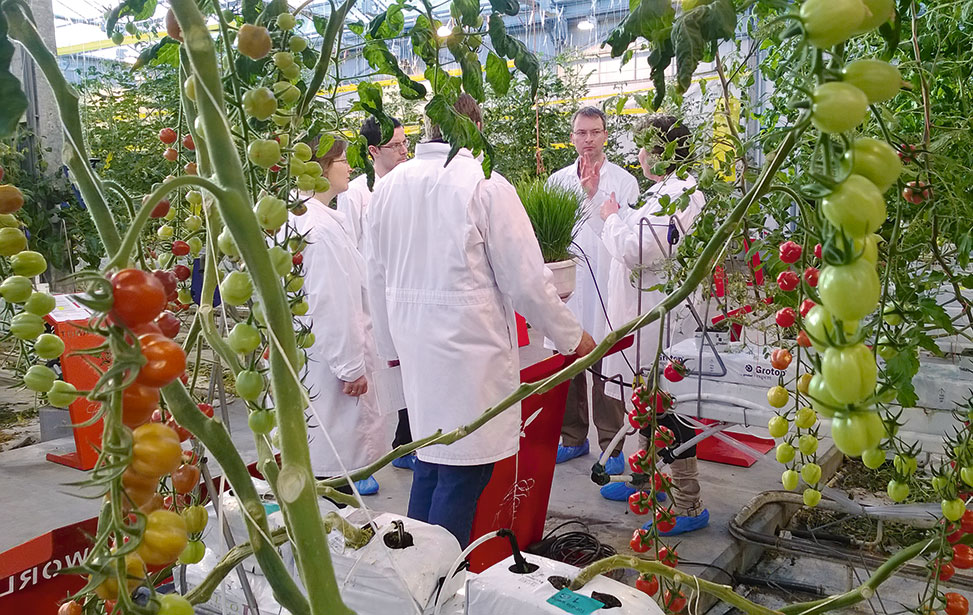The recent GPEC show in Tokyo, held from July 24-26, has shone a spotlight on the unique needs and challenges of Japan’s burgeoning horticulture industry. While still in its early stages, Japan’s agricultural sector is increasingly looking towards technology-driven solutions that are both affordable and scalable for small to mid-sized operations. The event was primarily attended by domestic companies, with notable participation from Korean and Chinese firms, and only a handful of international partners.
One of the key takeaways from the exhibition was the emphasis on practical, low-tech solutions that align with the operational scale and financial constraints of Japanese growers. As one U.S. researcher attending the event noted, many of the solutions typically offered by large international suppliers are often “too big, expensive, or overcomplicated” for the needs of local operators. GPEC Tokyo, however, provided a platform for showcasing products and technologies that are appropriately sized and priced for the market.
Government Push for Greenhouses
The Japanese government has been actively encouraging the construction of greenhouses by offering to cover 50% of the investment costs. However, this subsidy is limited to plastic-covered greenhouses, which are more vulnerable to Japan’s frequent heavy storms compared to more durable glass structures. Despite the benefits of glass, many growers are opting for the more affordable plastic greenhouses, which typically have a lifespan of five to six years.
A significant challenge facing these greenhouse operators is temperature control. With summer temperatures sometimes reaching up to 40 degrees Celsius, maintaining a stable growing environment is a major concern. Some exhibitors at the show presented innovative solutions, such as premium plastic materials designed to improve insulation and reduce cooling needs.
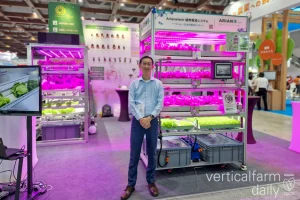
Post-COVID Uncertainty
The horticulture sector in Japan is still grappling with the aftereffects of the COVID-19 pandemic. The market has seen a slow recovery, with many growers remaining cautious about new investments. The uncertainty caused by the pandemic, which led to the failure of several operations, has made growers more risk-averse. As a result, suppliers are finding it more challenging to close new projects.
Automation and Labor Shortages
Labor shortages continue to be a pressing issue in Japan, particularly as the average age of farmers increases. In response, there is a growing interest in automation, but with a twist: rather than large-scale, high-tech machinery, Japanese growers are seeking functional, reasonably scaled solutions that can be integrated into their existing operations. These automation tools, often focused on specific tasks from seeding to harvesting, are designed to address labor issues without the need for significant infrastructure overhauls.
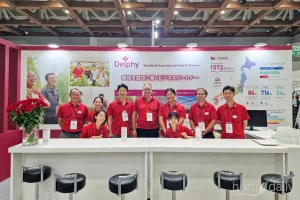
Energy Costs and Sustainability
Like their European counterparts, Japanese greenhouse operators are also feeling the pinch of rising energy costs. Many are seeking ways to reduce operational expenses by minimizing energy inputs. The government’s push towards sustainability is also influencing the market, with a target of transitioning from natural gas to sustainable energy sources by 2050. This has led to increased interest in alternative energy solutions, such as e-boilers, which are becoming a focal point for suppliers looking to cater to future regulatory requirements.
Multinational Interest
The GPEC show also saw participation from major multinational corporations, many of which are exploring the Japanese market through agtech ventures. These companies are keen to offer comprehensive solutions that address the dual challenges of labor shortages and the need for year-round production. The extreme weather conditions experienced in Tokyo during the week of the exhibition—temperatures of 39 degrees Celsius with high humidity—highlight the urgency of developing robust indoor farming solutions. Given the financial incentives available, greenhouses remain a preferred choice for many operators looking to secure stable production environments.
Overall, GPEC Tokyo underscored the growing importance of adaptable, efficient solutions in the Japanese horticulture market. As the industry continues to evolve, the demand for technology that can meet the specific needs of small to mid-sized operations will only increase, offering significant opportunities for investors and entrepreneurs in the agricultural sector.
